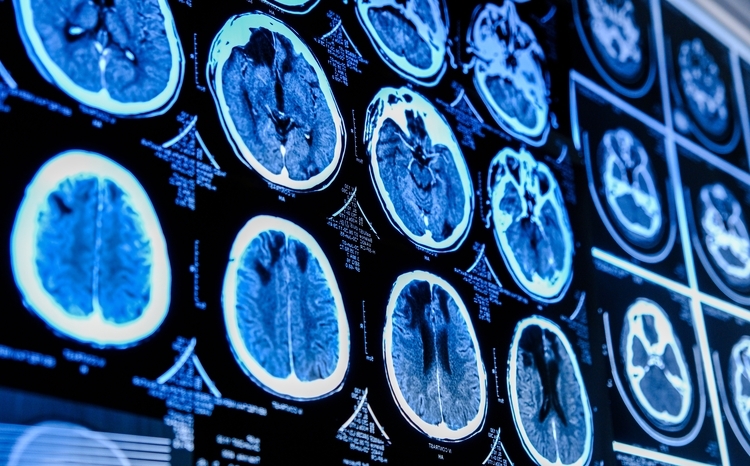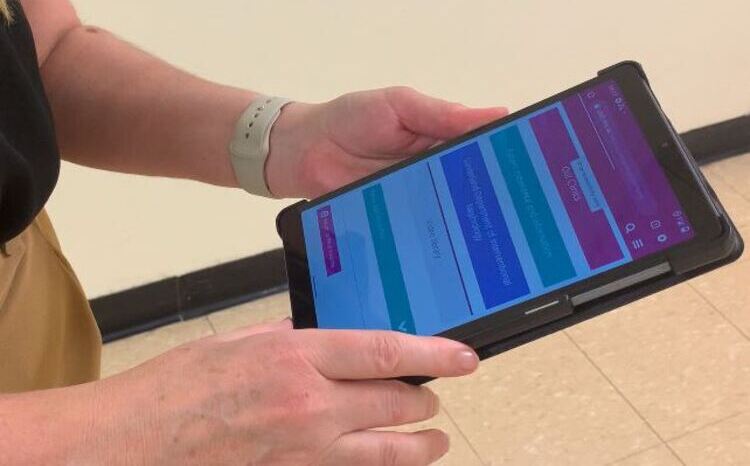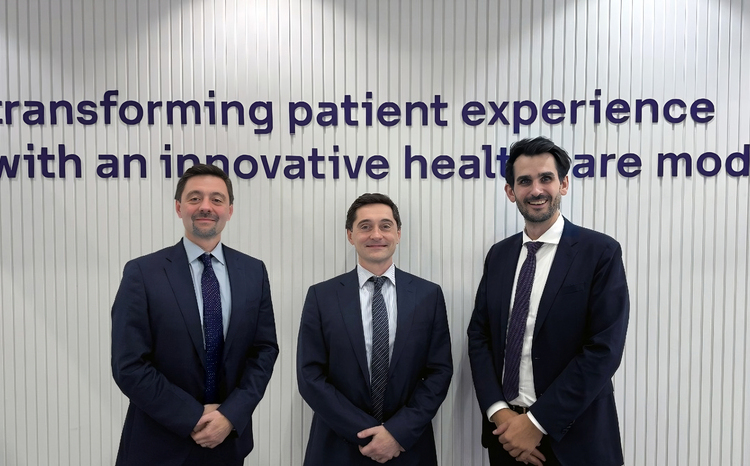Tablets here to stay in radiology
- 14 March 2013

The shift to mobile health is underway, is global, human and accelerating, a session on tablet computing at ECR 2013 heard.
The session at the massive radiology event in Vienna, titled ‘Tablets: friend or foe?’, generated debate around whether the iPad and other tablet computers were a good or bad thing.
But left the audience in little doubt that these ubiquitous, portable devices are here to stay.
Dr Eric Ranschaert, radiologist at the Jeroen Bosch Hospital in the Netherlands, gave a detailed analysis of trends and evidence surrounding the use of tablets. He concluded that they:
– should not be used for routine primary diagnosis, though they are good enough for working on-call, for giving a second opinion and for use at the bedside
– need adapted safety policies and an adapted ICT environment
– are causing a shift towards greater image sharing and communication; and
– have led to increasing involvement of clinicians (other than radiologists) in image interpretation.
Therefore, he concluded, tablet computers are likely to re-shape radiology. Regarding mobile health generally, he said: "The shift is underway, is global, human and accelerating."
Dr Ranschaert pointed out that tablets were well suited to doctors’ work, which is generally mobile, generates heavy information needs and is conducted in environments with good wi-fi. Some 80% of physicians in a US study said that they owned and used mobile devices.
IPads and other tablets have many advantages over other kinds of device, being versatile, portable, generally low price and good for emergency use. They have a high potential to strengthen communication, improve relationships and facilitate access to images for referring clinicians.
They bear the hallmarks of a disruptive technology being, initially, simpler, cheaper and lower end than existing technology. But newer versions of the devices are improving and gradually removing the incumbent technology.
However, Dr Ranschaert cautioned that use of the devices required a thoughtful approach and they should not be implemented for the sake of implementation.
Following a detailed technical comparison of tablets and traditional workstations, he concluded that the mobile devices could not compete with the screen size and resolution of high-end diagnostic workstations, though they could be cost-effective companions to workstations.
A questioner from the audience, however, pointed out that the devices could effectively leave radiologists constantly at work. “I don’t want to work at home and on the train,” she said.
The session speakers thought the changes were inevitable and that there were benefits. Osman Ratib, professor and chairman of the department of radiology and head of nuclear medicine at the University Hospital of Geneva, said that he did not know a radiologist who didn’t want the ability to access images via a tablet.
Would radiologists on call want to go four times a night to the hospital? “Whether we want it or not, today, the workload is such that unless you spend more hours at work you have to have the flexibility,” he commented.
More positively, he added that tablets gave radiologists more mobility within their institutions making it easier to participate in the wards and at conferences. “It’s a plus for our profession to be integrated into the team,” he said.
Dr Ranschaert agreed that flexibility was important. Other clinicians could now see images before the radiologists and there was a need to communicate with them – that was where iPads could help.
Read more about the spread of mobile radiology – and whether this is a good or bad think – in Insight.




